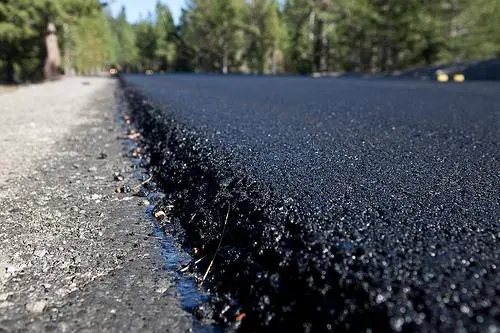What are the disadvantages of using traditional heating methods for petroleum asphalt?
Petroleum asphalt is a very common substance used in transportation, construction, water conservancy engineering, civil and other departments. This kind of substance is generally stored in large storage tanks. If it needs to be used for output, the asphalt mixing equipment will tell At this time, the user needs to heat the asphalt in the storage tank to improve the fluidity of the asphalt, so that the asphalt in the storage tank can be output smoothly and quickly.
When heating the asphalt in the storage tank, the heat source is usually heat transfer oil, and the traditional heating method is indeed not suitable at present. If the traditional heating method is used for asphalt heating, the heating process will be very wasteful, because when only a small amount of asphalt needs to be poured out, the asphalt in the entire storage tank must also be heated, so that the amount of heated asphalt needs to be used The amount is several times, which makes a large amount of heat transfer oil do useless work.

Secondly, if the traditional heating method is used, the temperature of the asphalt in many places in the storage tank is unbalanced. The temperature of the asphalt near the heater is relatively high, and the temperature of the asphalt far away from the heater is relatively low. This seriously affects the oil fluidity. In addition, this heating method will also directly affect the quality of asphalt, because repeatedly heating the asphalt in the storage tank will produce many fine decomposition products during the heating process, which have a certain impact on the quality of asphalt , the cost consumed in the later processing of these decomposition products will also increase.













 March 16, 2023
March 16, 2023 


